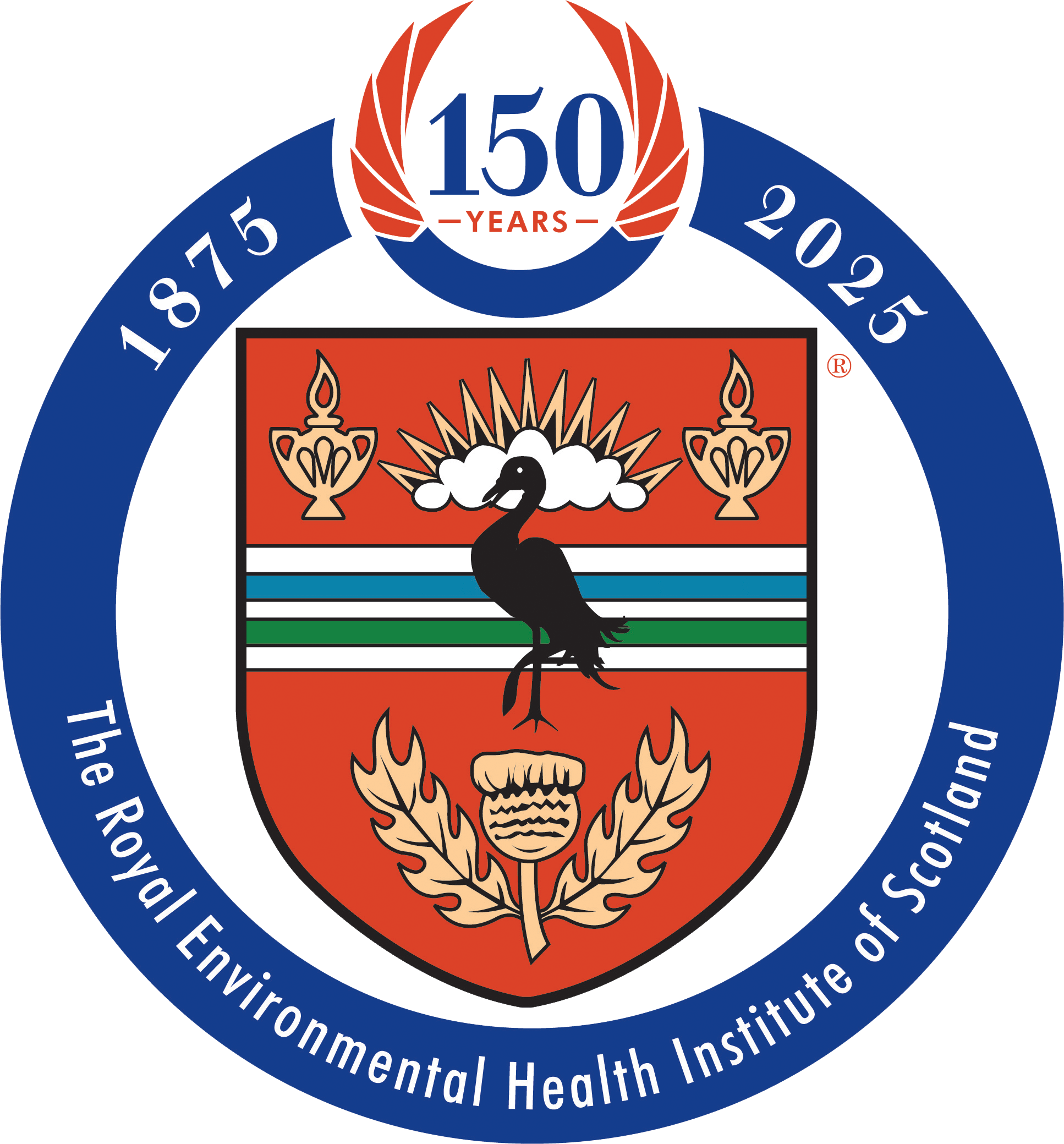Food Standards Scotland (FSS) and the Food Standards Agency (FSA) have raised concerns about local authority resources and inspection activities.
Findings come from a report by FSS and the FSA reviewing food safety across the UK in 2024.
According to the report, local authorities do not have enough resources to address the substantial backlog of inspections or deal with the growing number of new food businesses that should be inspected.
In Scotland, 20 percent of all allocated food safety roles were unavailable or vacant at the end of 2024. There is a backlog in England, Wales, and Northern Ireland of 95,000 overdue inspections, including 871 high-risk businesses. In Scotland, more than 12,500 out of 72,950 registered firms were unrated in December 2024.
“We remain concerned that local authorities do not have sufficient capacity to deal with a growing number of food businesses, with a substantial backlog of new businesses awaiting their first inspection and feedback on any unknown risks,” said FSA and FSS.
Nine out of ten UK food businesses covered by the Food Hygiene Rating Scheme and
Food Hygiene Information Scheme continue to hold satisfactory or better ratings, but there
is a backlog in England, Wales and Northern Ireland of 95,000 overdue inspections, including
871 high-risk businesses. In Scotland, 17.2% (12,533 out of 72,950) of registered businesses
were unrated in December 2024
The decline in local authority food sampling rates was raised as a concern as surveillance sampling shows that labelling issues are responsible for most non-compliances. Sampling rates in the UK fell by 4.5 percent between 2022-2023 and 2023-2024 from 43,579 to 41,624. Testing went up in Wales and Scotland but fell in England and Northern Ireland.
As in previous years, there are examples of products containing allergens that are not labe;led correctly. Failure to identify allergens on packaging can be life threatening to consumers with food allergies.
“We are particularly concerned to see that sampling activity is well below pre-pandemic levels despite some signs of recovery since 2020/21. Sampling related to food standards has been particularly affected, in part due to resource challenges, and is especially concerning when we know from wider surveillance that there continue to be non-compliances,” said FSA and FSS.
The United States moved from ninth to seventh in the list of countries the UK imports food from. The UK saw a 50 percent increase in beverages and increased volumes of cereals and grains, vegetables, and sugar and syrups imported from the U.S.
Food and feed safety incidents remained stable at 1,903. Pathogenic microorganisms were the most common hazard with 436 alerts. At 290, meat and meat products, excluding poultry, accounted for 15 percent of incidents.
The number of allergy alerts issued by the FSA and FSS rose from 64 to 101. Figures were influenced by a contamination incident involving mustard and peanuts. There were also 67 recalls, mainly because of foreign bodies and microbial contamination.
Heather Kelman, chair of FSS, said: “Overall food standards remain stable, but we should not be complacent given the years of under-investment in capacity and capability. Food needs to be safe, accurately described, and support healthier choices and we need a system that supports growth and trade, and the current trajectory of resource puts that at risk.”
Recruitment of Official Veterinarians (OVs) has improved but remains challenging. By law, OVs must be present for slaughter houses to operate.
During 2024, the UK’s food crime units carried out 29 live investigations with 20 involving meat and meat products.
Professor Susan Jebb, chair of the FSA, said: “25 years on from the creation of the FSA, safe food is largely taken for granted by consumers. But this remarkable shift from the crisis of confidence in the 1990s didn’t happen by chance – food safety isn’t good luck. As the regulator we need to play our part by setting out our expectations, supporting others in the system to deliver on their responsibilities and taking firm action when problems arise.”

